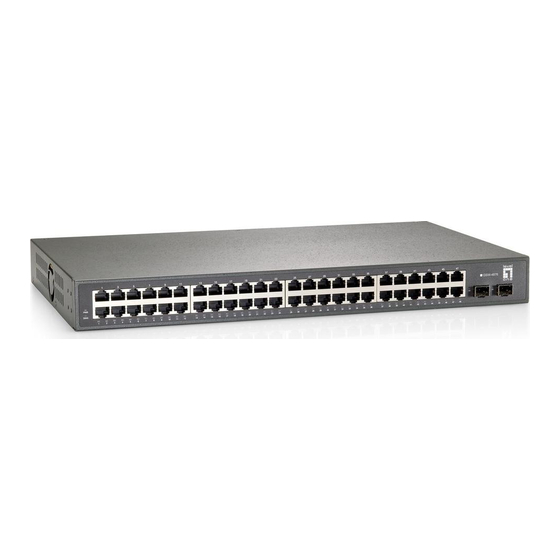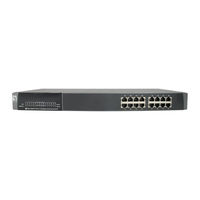
LevelOne GSW-4876 Manuals
Manuals and User Guides for LevelOne GSW-4876. We have 2 LevelOne GSW-4876 manuals available for free PDF download: User Manual, Brochure
Advertisement
LevelOne GSW-4876 Brochure (86 pages)
LevelOne ProCon FSW-1609TFX: Product Brochure
Brand: LevelOne
|
Category: Network Hardware
|
Size: 9 MB

